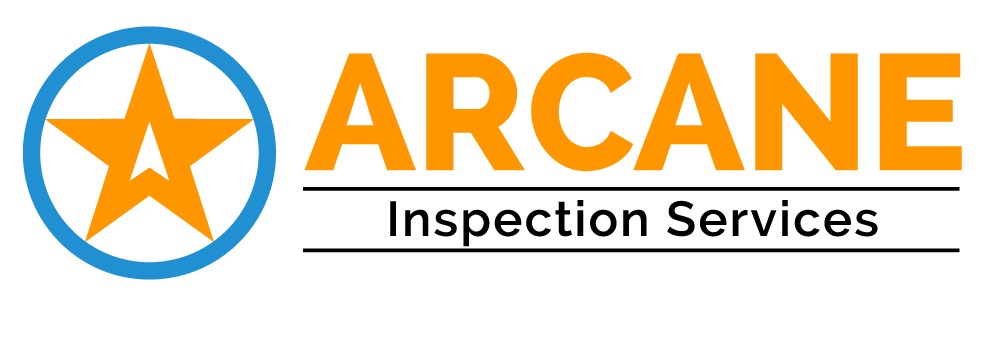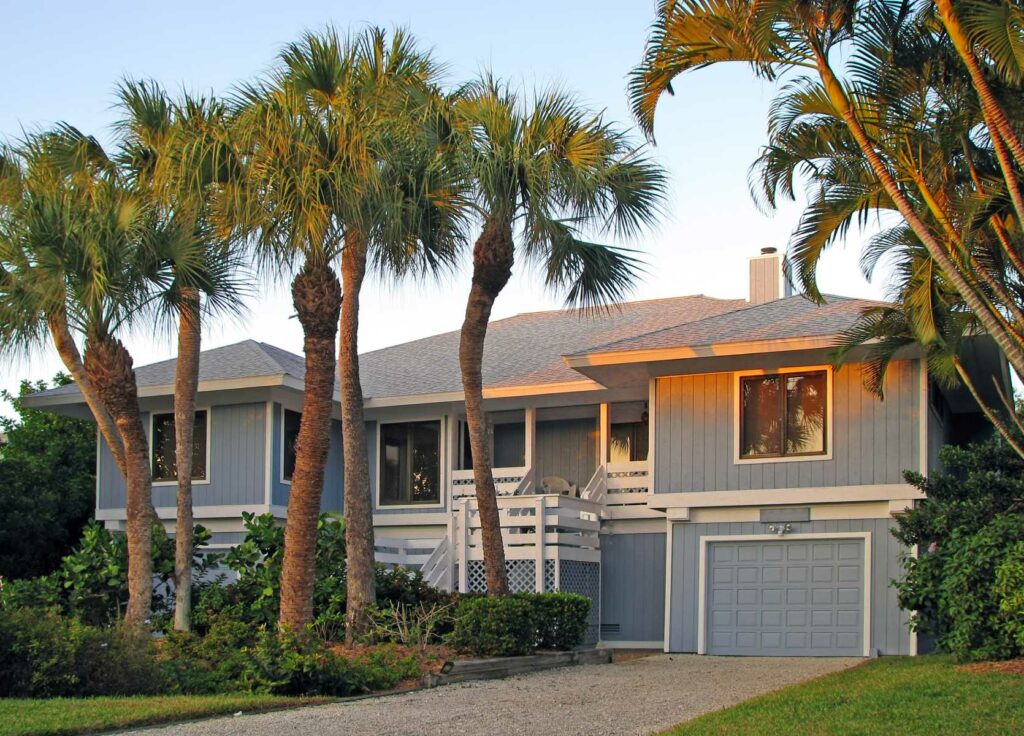Wind Mitigation
WHAT IS A WIND MITIGATION INSPECTION?
A wind mitigation inspection is a comprehensive assessment conducted by qualified inspectors to evaluate a structure’s resilience to high winds and storms. Typically performed on residential or commercial properties in regions prone to hurricanes or strong winds, this inspection aims to identify specific features and construction methods that can minimize damage and lower insurance premiums. Inspectors meticulously examine various aspects of the building, including the roof, exterior openings, structural integrity, and any additional reinforcements such as shutters or impact-resistant windows.
During the inspection, inspectors look for features that meet certain criteria outlined by insurance companies or building codes, such as roof-to-wall connections, roof shape and materials, presence of hurricane straps or clips, and the strength of windows and doors. By identifying these protective measures, property owners can potentially qualify for insurance discounts or credits, making the inspection a valuable investment. Moreover, the findings of a wind mitigation inspection can provide peace of mind for homeowners and businesses, knowing that their structures are better equipped to withstand the forces of nature.
Why a wind mitigation inspection?
A wind mitigation inspection is crucial for homeowners and businesses in areas prone to high winds and storms due to its potential to significantly reduce insurance premiums and enhance structural resilience. By identifying specific features and construction methods that bolster a building’s ability to withstand wind forces, this inspection provides valuable insights into potential vulnerabilities and opportunities for improvement. Implementing recommended measures, such as reinforcing roof-to-wall connections or installing impact-resistant windows, not only enhances safety but also translates into long-term cost savings through reduced insurance premiums. Moreover, a wind mitigation inspection offers peace of mind, knowing that your property is better equipped to weather the elements and minimize potential damage during severe weather events, ultimately safeguarding both your investment and the well-being of occupants.


